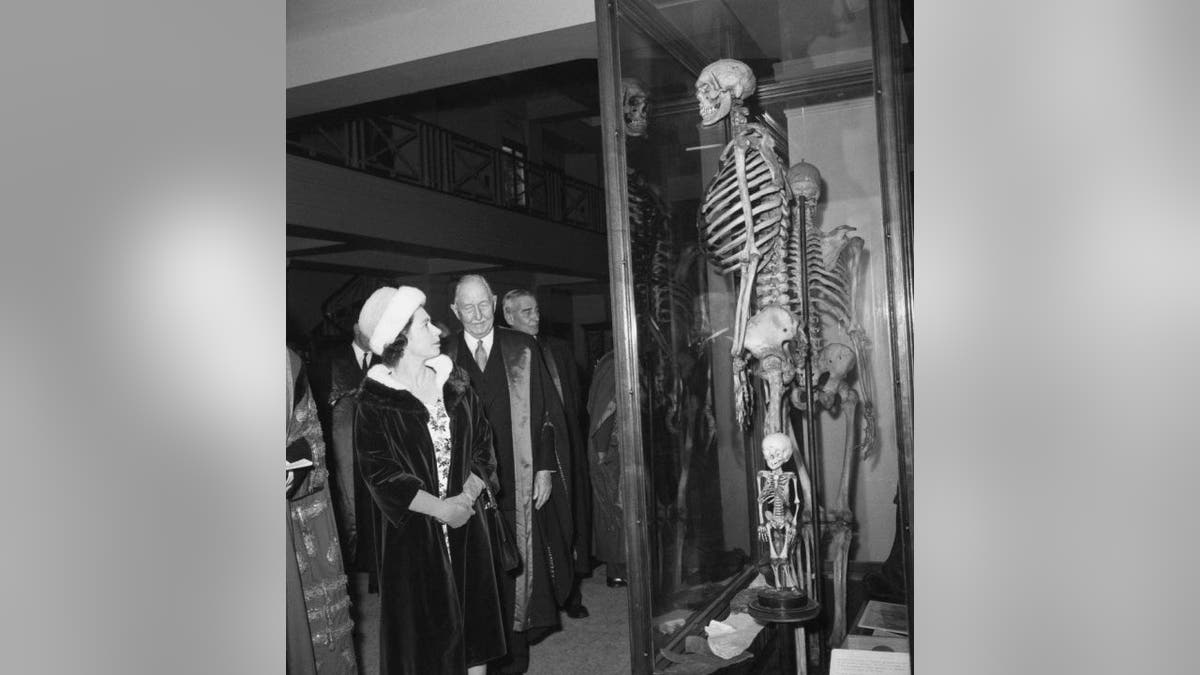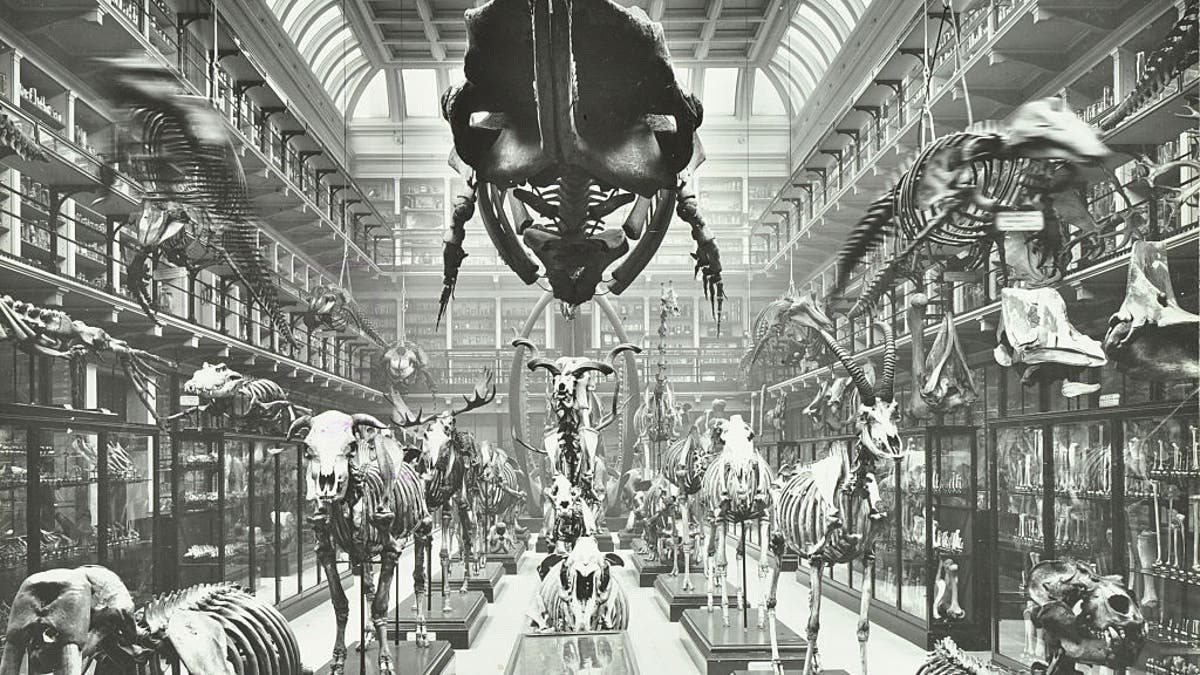Fox News Flash top headlines for January 18
Fox News Flash top headlines are here. Check out what's clicking on Foxnews.com.
A British museum will remove the bones of a true-life giant in an effort to honor the deceased’s final wishes, but trustees want to retain the remains in the interest of "bona fide research."
"John Hunter and other anatomists and surgeons of the 18th and 19th centuries acquired many specimens in ways we would not consider ethical today and which are rightly subject to review and discussion," trustees of the Hunterian Museum wrote in a statement.
Irishman Charles Byrne reached a staggering height of 7-foot-7, earning the nickname of the "Irish Giant." Upon his death in June 1783 at the age of 22, he asked his friends to ensure he received a proper burial at sea so that doctors wouldn’t try to dissect his body.
But for over 200 years Bryne’s skeleton has remained on display at the Royal College of Surgeons’ Hunterian Museum, which houses the collection of anatomist John Hunter, who bribed someone with £500 to replace Byrne’s remains in his coffin so that he could acquire them for himself.
FRENCH CITY BELIEVES MADONNA MAY OWN PAINTING LOST DURING WWI, ASKS FOR LOAN
Hunter initially displayed the remains in his home, but sold his collection in 1799 to the government, which then turned the collection over to the college. The display caused an immediate stir, with contemporary newspaper accounts noting that Bryne’s skeleton captured the imagination of "the nobility and gentry... the faculty, Royal Society and other admirers of natural curiosities."

Queen Elizabeth views the skeleton of the Irish Giant, Charles Byrne, in the Hunterian Museum during her visit to the new buildings of the Royal College of Surgeons of England at Lincoln's Inn Fields, London. (PA Images via Getty Images)
Byrne’s skeleton remained a prominent piece in the college, standing in its own display case, but trustees saw fit to remove the skeleton following years of objection from critics and ethicists, Irish publication The Journal reported.
POPE FRANCIS ORDERS VATICAN MUSEUMS TO RETURN PARTHENON MARBLE SCULPTURES TO GREECE
Dr. Thomas Muinzer and academic Len Doyal for years have urged the college to honor Byrne’s wishes, and the pair praised the trustees’ decision while remaining concerned that the body will not go to sea but will remain in private holding.

Animal skeletons at the Hunterian Museum in London, 1911. (City of London: London Metropolitan Archives/Heritage Images/Getty Images)
"We are delighted to hear the news that the battle that we and others have fought to have Charles Byrne’s skeleton removed from the Hunterian has finally been won," Muinzer and Doyal told The Journal.
'WOKE' LONDON MUSEUM TO CHANGE NAME OF CHRISTMAS EXHIBIT TO ‘WINTER FESTIVAL'
"There was never a coherent argument for the Museum to do otherwise, given Byrne’s explicit decision for his body not to fall into the hands of John Hunter for fear of what then precisely happened," they continued, adding that there is no justification for continued retention of the remains.

The Hunterian Museum, at the Royal College of Surgeons. Display includes the skeleton of the Irish Giant. From "Illustrated London News," 1845, Vol VII. Artist Unknown. (The Print Collector/Heritage Images via Getty Images)
"It is entirely unclear what further research the Hunterian has in mind," the pair argued. "Our suspicion is that the museum still wants medical students simply to see the skeleton in private, which again would go against Byrne’s documented wishes."
CLICK HERE TO GET THE FOX NEWS APP
Byrne’s remains went unstudied for decades, but a 1909 analysis showed that he suffered a pituitary tumor. Scientists in the mid-2000s used DNA analysis to diagnose Byrne with a specific gene mutation, Smithsonian Magazine reported.
The study linked four families with a history of gigantism to Byrne, tracing ancestry back some 60 generations.

